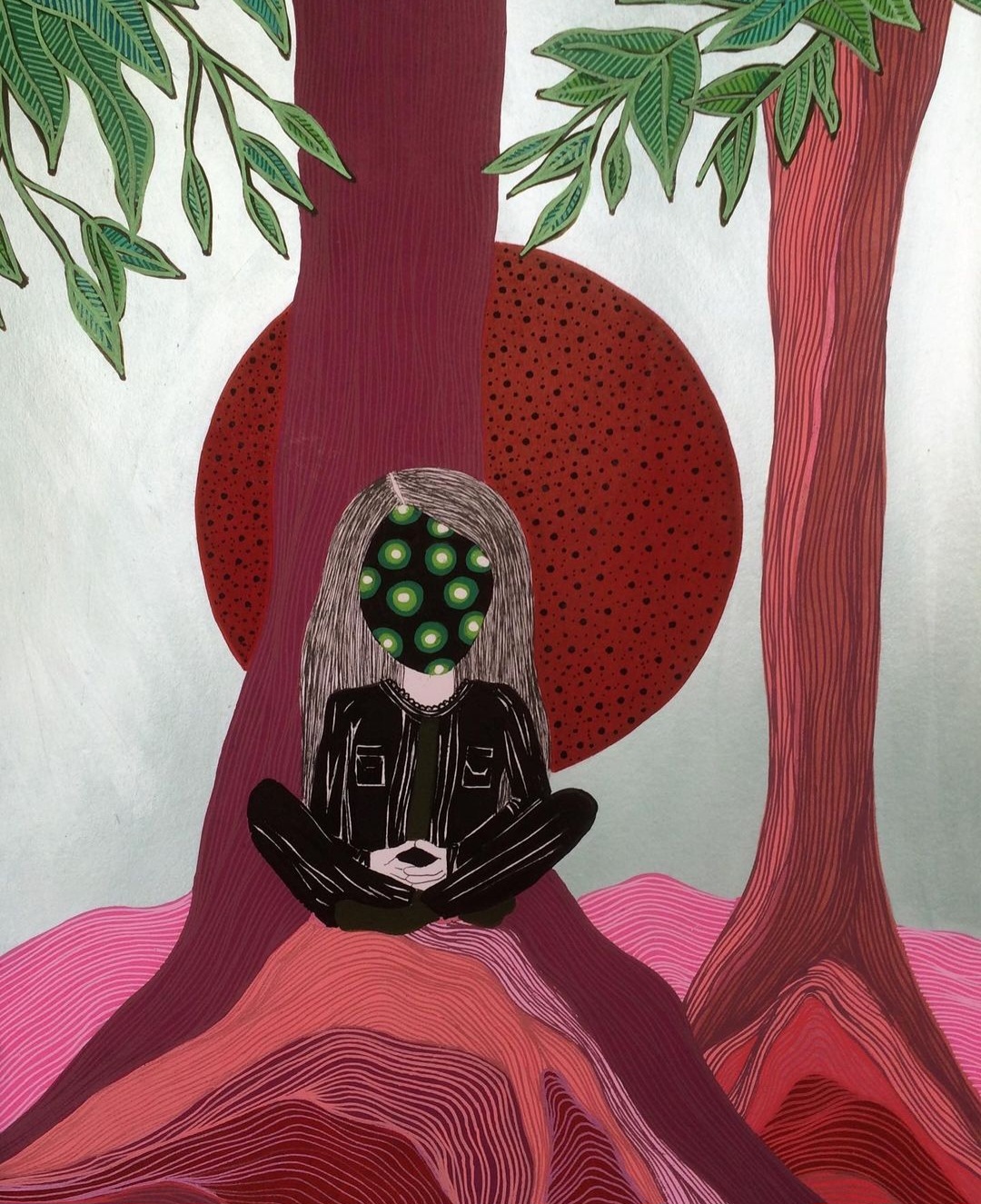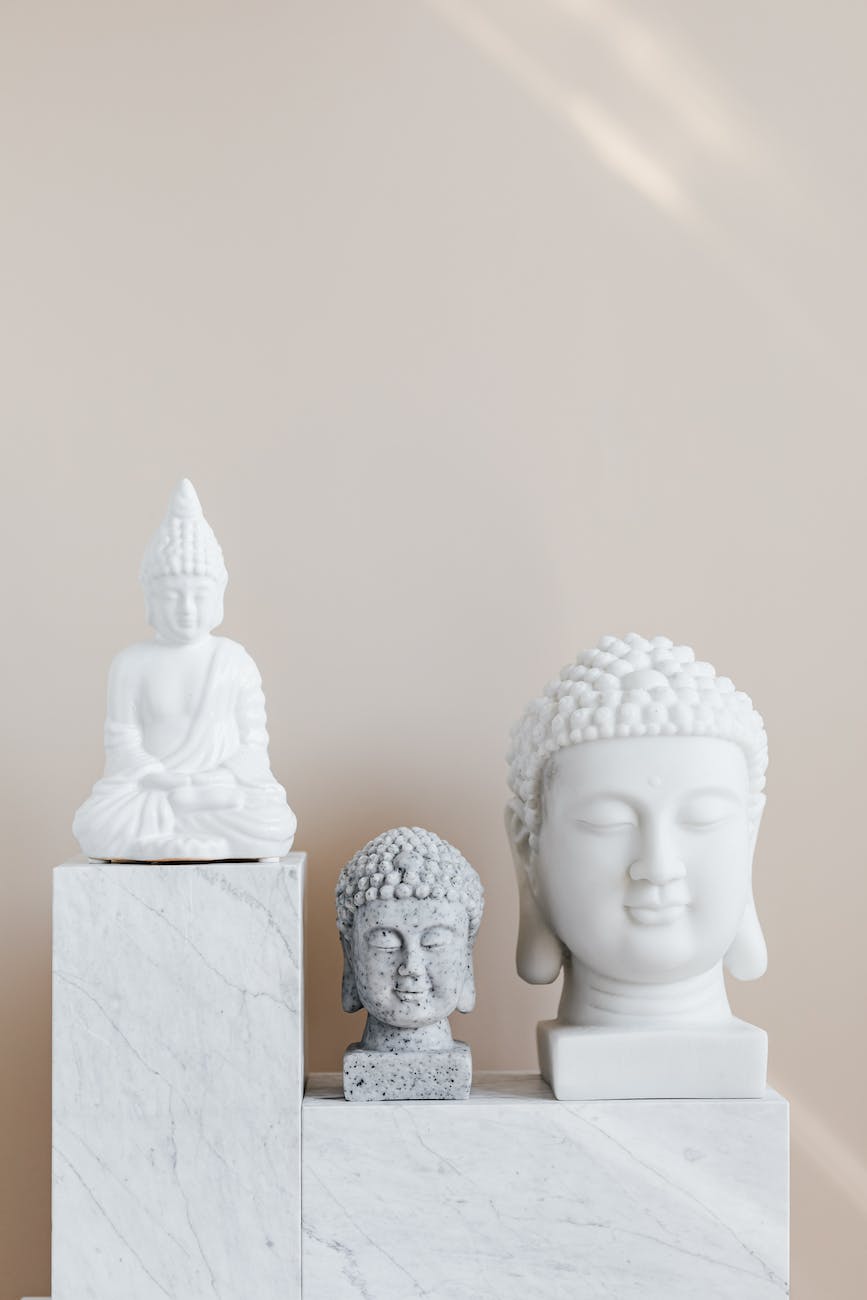In today’s fast-paced world, it’s easy to get caught up in the chaos of daily life, leading to increased stress and overwhelm. However, amidst the hustle and bustle, there lies a powerful tool that can help us navigate our inner world with grace and ease: mindfulness. Mindfulness is the practice of being fully present and aware of our thoughts, feelings, bodily sensations, and the surrounding environment without judgment. By cultivating mindfulness, we can gain a deeper understanding of ourselves and the world around us, leading to increased peace, clarity, and overall well-being.
- Mindful Breathing:
One of the simplest and most effective mindfulness techniques is mindful breathing. Find a quiet space where you can sit or lie down comfortably. (I usually choose the rocking chair in my living room or lawn chair outside) Close your eyes and bring your attention to your breath. Notice the sensation of the air entering and leaving your nostrils or the rise and fall of your chest and abdomen. Allow your breath to flow naturally, without trying to control it. Whenever your mind wanders, gently bring your focus back to your breath. Practice this for a few minutes each day to cultivate a sense of calm and centeredness. - Body Scan Meditation:
The body scan meditation is a powerful technique for bringing awareness to the physical sensations in your body. Begin by lying down in a comfortable position. Close your eyes and bring your attention to your toes. Notice any sensations, such as tingling or warmth. Slowly move your attention up through each part of your body, from your feet to your head, paying attention to any sensations you encounter along the way. This practice can help you release tension and stress stored in the body, promoting relaxation and well-being. - Mindful Eating:
Mindful eating involves paying full attention to the experience of eating, including the taste, texture, and sensation of each bite. Before you begin eating, take a moment to observe the appearance of your food and express gratitude for the nourishment it provides. As you eat, chew slowly and savor each bite, noticing the flavors and textures. Pay attention to how your body feels as you eat, and stop when you feel satisfied. Mindful eating can help you develop a healthier relationship with food and cultivate a greater appreciation for the nourishment it provides. - Mindful Walking:
Mindful walking is a simple yet powerful practice that involves bringing awareness to each step you take. Find a quiet place to walk, such as a park or nature trail. Begin walking at a slow, relaxed pace, paying attention to the sensation of your feet touching the ground. Notice the movement of your body as you walk, the sounds of nature, and the sights around you. Whenever your mind wanders, gently bring your focus back to the present moment and the sensation of walking. Mindful walking can help you connect with the natural world and promote a sense of peace and grounding. - Loving-Kindness Meditation:
Loving-kindness meditation is a practice that involves sending love and compassion to yourself and others. Find a quiet space where you can sit comfortably. Close your eyes and bring to mind someone you love, such as a friend or family member. Repeat silently to yourself, “May you be happy, may you be healthy, may you be safe, may you be at peace.” Continue to repeat these phrases, gradually expanding your circle of compassion to include yourself, loved ones, acquaintances, and even people you may have difficulty with. This practice can help cultivate feelings of love, compassion, and connection towards yourself and others.
Incorporate these mindfulness techniques into your daily routine to cultivate a greater sense of peace, clarity, and well-being in your life. Remember that mindfulness is not about achieving a specific state of mind but rather about being present with whatever arises with curiosity and compassion. As you continue to practice mindfulness, you’ll find that you become more attuned to the richness of life and better equipped to navigate its ups and downs with grace and resilience.
You may have heard people preach about mindfulness or meditation and brushed it off as more “mumble-jumble” and I understand that because for years, I as well did not believe in the practicing of mindfulness. How is being aware of my surroundings and focusing on the way I breath and eat going to help me control my every day thoughts and emotions? I questioned. So, for years I brushed it off as absurd until one day I decided to start taking cognitive therapy sessions and I again was introduced to mindfulness.
I told myself that there must be a reason why all the great mystics and geniuses of the past and present have practiced this skill and seem to live life without negative thoughts, self-doubt, or darkness of the mind.
I started practicing day by day until I realised the peace within my mind was growing increasingly as each day passed.
I recommend anyone who is going through a rough time with being one with yourself, or anyone who suffers from negativity of the mind to practice mindfulness and reap the awards like so many others have. The worst that can happen is it won’t work for you and you’ll be back where you started. But I am telling you, I’d be more shocked if it doesn’t work than if it does.
Give it a try and share your experiences with me in the comments or through the email on my contact page. Also, please subscribe to be updated on my newest content. Lots to come and I cant wait to share with you all!




